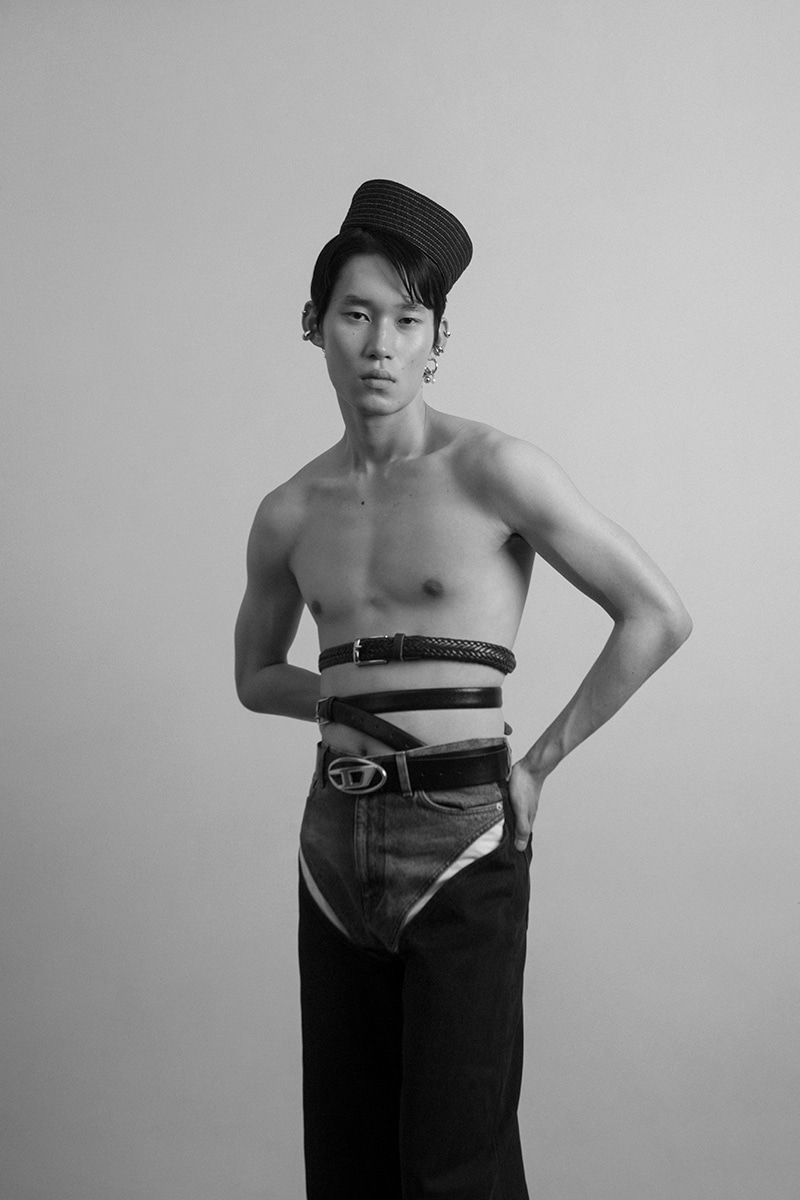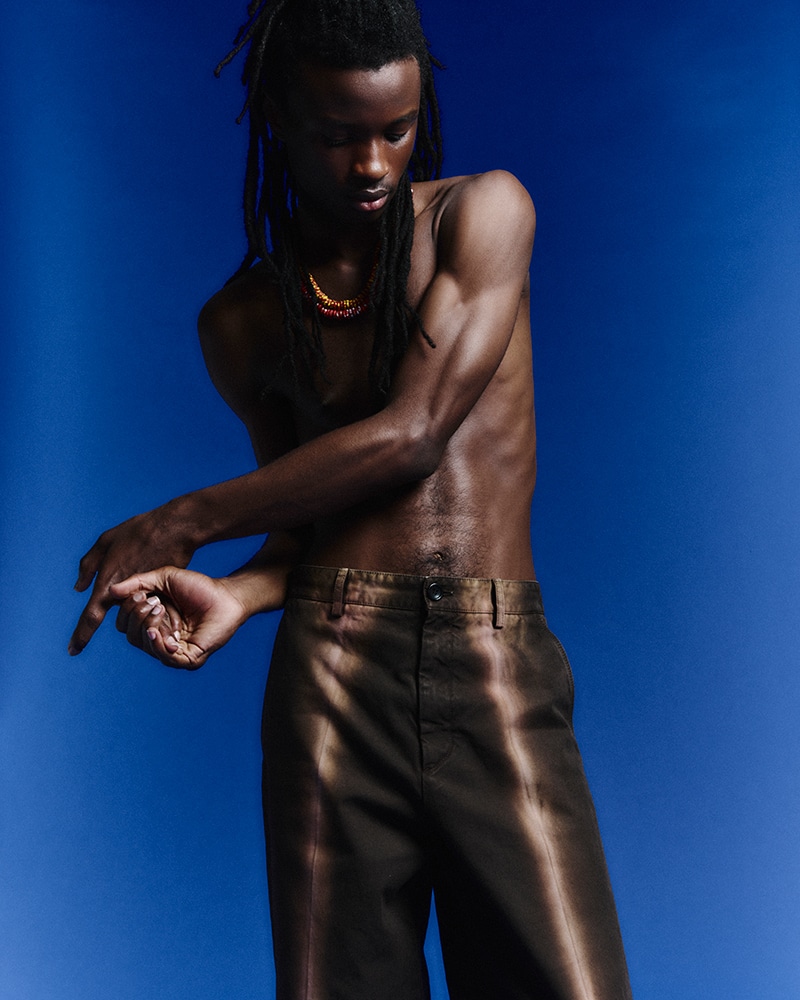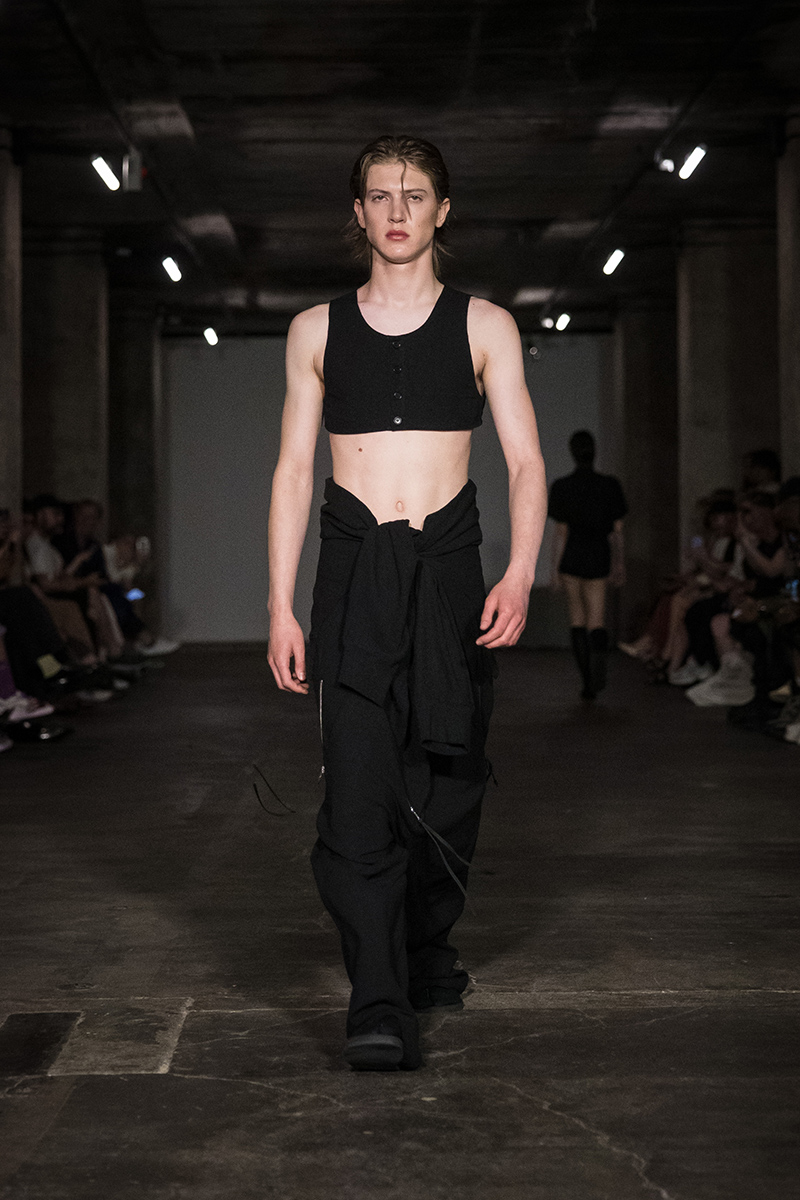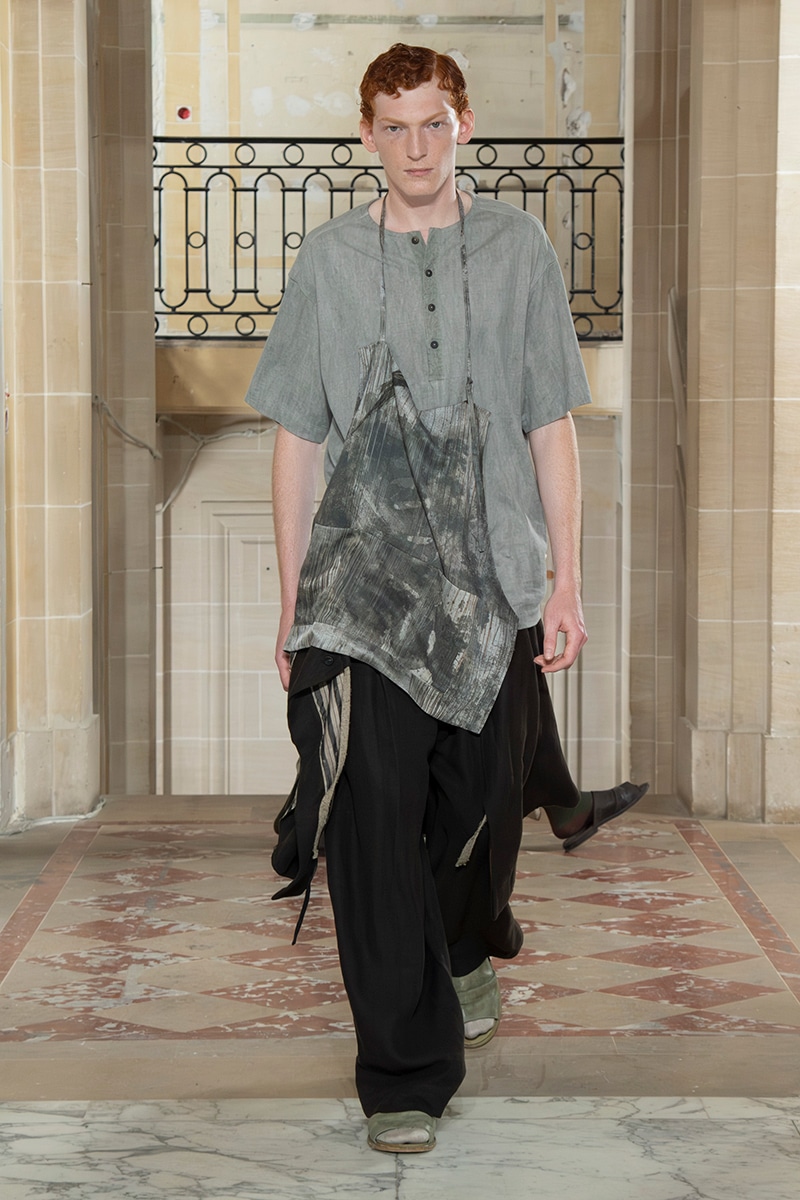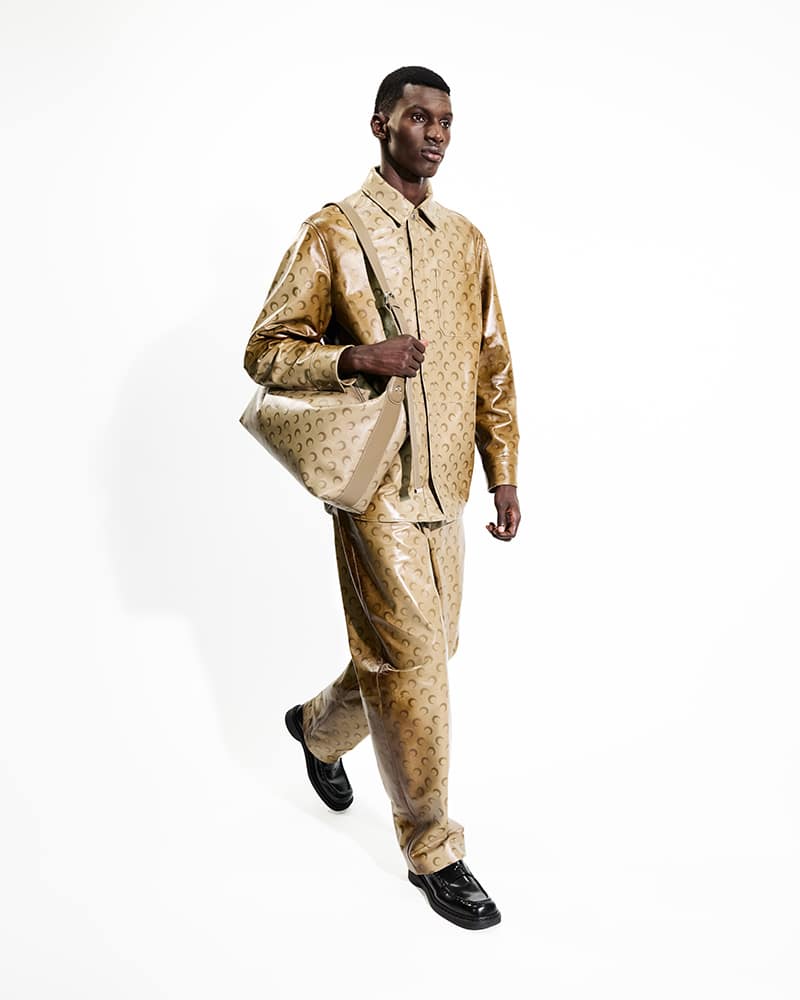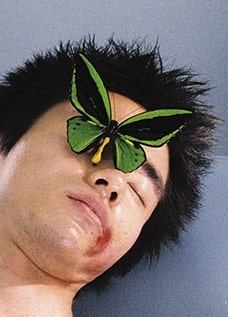Julius “Dr. J” Erving Sets the Tone for the Converse Pro Leather
by Adriano Batista

Julius “Dr. J.” Erving
When Julius “Dr. J” Erving arrived in Philadelphia at the start of the 1976-77 season, he was not without reputation. The 6’ 7” small forward had already begun to redefine basketball with a high-leaping style that transitioned the slam dunk from a pure display of power into an artistic expression. The move to a new league not only progressed his smooth playing style, it solidified an equally sophisticated off-court aesthetic. Serving as something of a bridge, the shoe Dr. J made his signature, the Converse Pro Leather, premiered alongside Philadelphia’s new No. 6, and together defined a generational look.

“The Pro Leather was a change from canvas. There were some experimental shoes before it, but this became the one to compete in,” says Erving. “The look was off-the-chain. It was a work of art.”
The shoe and Erving’s play existed in a cultural milieu soundtracked by funk, soul, rhythm and blues and jazz fusing it all together. The era’s famed R&B singers were attending games, singing national anthems at All-Star weekend and creating a clear connection between the spectacle of pro sports and the pulse of culture. In Philadelphia, jazz star Grover Washington Jr. was a regular at Erving’s games and often performed before the biggest contests. In 1980, he dedicated his song “Let It Flow (For ‘Dr. J’)” to Erving, an expression of both friendship and the rooted intersection between basketball and music.

“I spent a lot of time with musicians in that era — athletes and musicians were all hanging out together,” says Erving.
Athletes and musicians alike set the tone for the era’s street style as well. Experiments in textures and layered looks (such as a roll-neck under a shirt or jacket) were common, and custom suiting allowed for a friendly competition. “I evolved into leading the class style-wise,” says Erving. “I was fashion conscious. Once the door was open for me to discuss custom tailoring, I was into it.”

Sneakers were transitioning too. The Pro Leather’s simple elegance served a generation that was the first to boldly break down traditional rules of dress by changing the context of sports footwear. “When I was growing up it was shoes for the classroom and sneakers for the gym,“ says Erving. “During my last year in Philadelphia, we had Tuxedos and Tennies night at the Spectrum. Everybody was dressed up and in their tennis shoes. That mix was becoming acceptable in fashion circles, and that night was huge evidence of the shift.”


Today, sneakers are no longer a playful accent but a standard element. Still, the creative spirit of the late ’70s and early ’80s remains in those who push the dynamics of street style and sneaker culture. And in them, the same fusion that characterized an era where streetball and pro play merged and musical styles and new icons found footing in multiple arenas allows for a series of new firsts.

The Pro Leather released on October 24 in the white/red makeup made famous by Dr. J. A trio of equally clean, sharp color schemes are available from early 2020.
www.converse.com
Berluti Fall/Winter 2019 Campaign
From Far to Fair
actual
Julius “Dr. J” Erving Sets the Tone for the Converse Pro Leather
previous
Berluti Fall/Winter 2019 Campaign
next
From Far to Fair
There’s a particular kind of freedom that comes with movement, and AMBUSH’s Spring/Summer 2026 collection, “Tribe on the Move,” captures that feeling.
Louis Vuitton’s latest travel campaign takes viewers on a visual journey through China, reimagining travel as an experience rather than just a destination.
Paris Fashion Week witnessed Steven Passaro’s Moonlit Lover Spring/Summer 2026 collection, an exemplar of the aftermath of love encountered after midnight and gone before sunrise.
Because home should never be denied to anyone. In a world where home shouldn’t be a privilege but a right, artist and activist Charlie Smits is stepping up. Smits has teamed up with Fundación… »
Simon Porte Jacquemus has fulfilled his dream, and in the process, he continues to invite us to dream with him.
We checked in with Takuya Morikawa to talk process, evolution, and the foundation in the essence of creation.
Berlin Fashion Week saw the return of Milk of Lime, fresh off their Berlin Contemporary win, with their Spring/Summer 2026 collection, CHIME.
Craig Green’s Spring/Summer 2026 collection feels like a half-remembered dream with shapes you recognize, but shifted just enough to make you look twice.
Photographer Denzil Jacobs presents a selection of eclectic looks photographed on the streets of Paris during Men’s Paris Fashion Week, outside Amiri, Rick Owens, 3.Paradis, Kidsuper and more, exclusively for Fucking Young!
Ikko Ohira photographed by Luis May and styled by Timothée Geny La Rocca, in exclusive for Fucking Young! Online.
At Paris Men’s Fashion Week, NAMESAKE’s Spring/Summer 2026 collection, INNERCHILD, didn’t just show clothes but also memories.
Designer Andrea Pompilio maps a wardrobe for modern nomads, one that looks collected rather than curated.
Louis Vuitton has always been about journeys, both literal and imaginative.
VIKTORANISIMOV chose an unlikely stage for its first Berlin Fashion Week presentation: a former telecommunications bunker, now The Feuerle Collection museum.
After the show, designer Feng Chen Wang caught up with us, to open up about the emotion behind this collection, and the brand’s evolving identity – accompanied by backstage moments captured by Leiya Wang.
Take a look at DOUBLET’s Spring/Summer 2026 backstage, captured by the lens of Rita Castel-Branco during Paris Fashion Week, in exclusive for Fucking Young!
Take a look at KIDSUPER’s Spring/Summer 2026 backstage, captured by the lens of Tiago Pestana during Paris Fashion Week, in exclusive for Fucking Young!
For Camiel Fortgens’ SS26, models walked the actual streets of Paris during Fashion Week, portable speakers in hand, each playing a fragment of the show’s soundtrack.
Singer-songwriter HUMBE is Mexico’s breakout pop star, leading us into a new era of sentimental pop.
Created with artist Samuel de Sabóia, the lineup weaves together regeneration, spirituality, and a question: What does the future of fashion look like?
ZIGGY CHEN’s PRITRIKE doesn’t shout. It hums like the low, steady pulse of rain on summer earth.
For their SS26 show, the adidas and Yohji Yamamoto collaboration traded the standard runway for something more visceral: a four-act performance directed by choreographer Kiani Del Valle.
After showing off-calendar for two seasons in a presentation format, the 2023 LVMH Prize-nominated designer Kartik Kumra is now the first Indian designer to be on the official menswear calendar.
SANKUANZ’s Spring/Summer 2026 collection finds its heartbeat in Tara, the Tibetan Buddhist goddess who exists between two worlds, both enlightened and earthly.
Creative director Julian Klausner builds his first men’s collection for the house like a love letter to contradictions.
Fashion often pretends to have answers. TAAKK’s Spring/Summer 2026 collection prefers questions.
Doublet doesn’t ask you to change the world. It just shows what happens when fashion remembers where it comes from.
The idea is simple but clever: take the rigid codes of a gentleman’s wardrobe and soften them for the heat.
For SS26, Hung La’s LỰU ĐẠN closes its trilogy “MAYHEM,” “YOU DON’T BELONG HERE,” and now “NO MAN’S LAND”, with a collection that stares straight at the people society ignores.
Marine Serre‘s Spring/Summer 2026 collection is about the quiet revolution happening in every stitch. Titled THE SOURCE, this is clothing that moves with purpose, crafted by hands that treat savoir-faire not as a relic, but as rebellion.
Here,… »

















